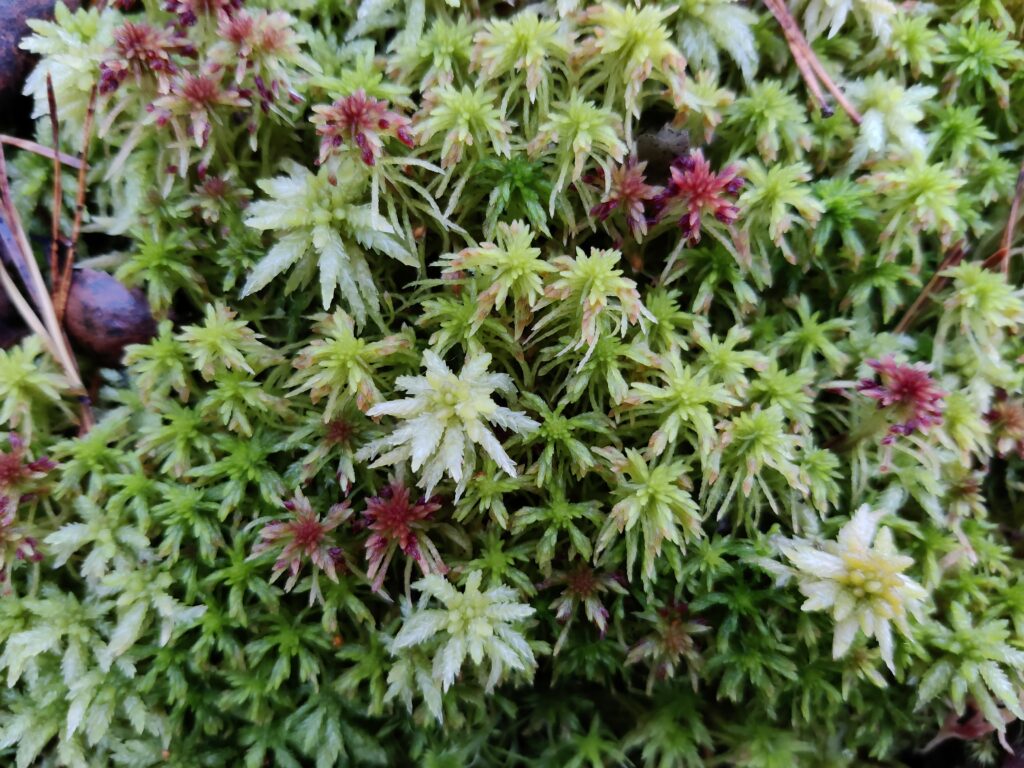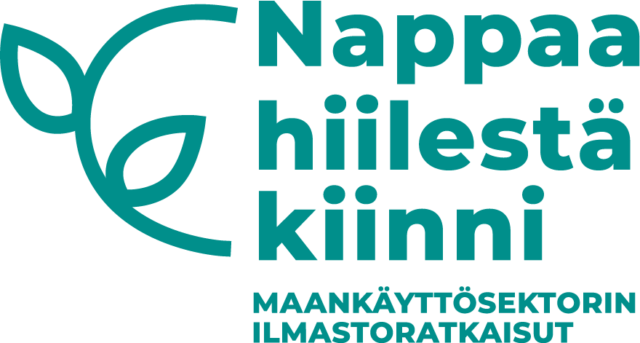Renewable Sphagnum Moss Provides a Climate-wise Growing Media to Replace Peat
In cultivation, the choice of growing media significantly affects the climate impacts of the land use sector. The qualities of the Sphagnum moss as a growing media material are almost equal to those of peat, and Sphagnum moss can be produced in both low productive forestry drainage areas and peat extraction sites. A new project ′Climate-wise Sphagnum-based growing media – possibilities for sustainable harvesting′ studies the overall sustainability of growing, using and harvesting Sphagnum moss. This high-quality research and innovation project, also known as RahKoo, was granted funding by the Ministry of Agriculture and Forestry as part of the Climate Change Plan for the Land Use Sector in early 2022.

The harvesting of Sphagnum moss has already been tested on several sites in Finland, and the quality of the material has proved to be very suitable. Finland has large areas of low productive forestry drained peatlands and peat extraction sites. These areas would enable the large-scale cultivation and harvesting of Sphagnum moss, which could offer good opportunities to replace peat with Sphagnum moss alone or combined with other materials. The Sphagnum moss farming has been tested in former agricultural peat fields in Central Europe, which offers guidelines and data for pilot operations in Finland. However, the large-scale production and use of Sphagnum moss as a growing media would require a comprehensive assessment of climate and environmental impacts, which in turn calls for more background data.
The RahKoo project is studying the multi-dimensional sustainability of growing, harvesting and using Sphagnum moss growing media in terms of climate, biodiversity and impacts on water quality.
“Sphagnum moss is an excellent substitute for horticultural peat. The water retention of the growing media made from Sphagnum moss is equal to that of peat, as is their air content for the plant roots. Moss is also easy to compost after use. Finland has large areas suitable for cultivating and harvesting moss, as well as moss needed as a source material for cultivation. It’s important to determine the criteria for a good harvesting site and ensure that the moss will begin to grow again after harvesting – meaning the material is renewable,” says Anna Laine-Petäjäkangas, the Project Manager of RahKoo at the Geological Survey of Finland.
Finland has large areas suitable for cultivating and harvesting moss, as well as moss needed as a source material for cultivation.
Aiming for an Overview of the Impacts of Harvesting Sphagnum Moss
The RahKoo project is primarily seeking to fill gaps in research data concerning the impacts of harvesting Sphagnum moss on greenhouse gas emissions and water quality. It will also examine the prerequisites for the regrowth of Sphagnum moss on harvesting sites. The life-cycle analysis of climate impacts of the growing media will also be studied based on field measurements. Existing geographic information data and expert opinions are used to determining the criteria for, as well as area and locations, of potential harvesting sites. The economic and employment impacts of the operations will also be taken into account when assessing the multi-dimensional sustainability of harvesting.
“RahKoo is setting out to determine the multi-dimensional sustainability of Sphagnum moss growing media. The main focus of the project is on climate impacts, but we are also studying other environmental impacts, the profitability of the operations, the selection criteria for harvesting sites and the extent of suitable harvesting sites in Finland,” says Laine-Petäjäkangas.
Peat continues to be by far the most widely used growing media material in Finland. However, the climate impacts of horticultural peat are known to be harmful to such an extent that there is a great need for alternative materials. In addition, demand for growing media is expected to increase by up to four times globally by 2050.
Sphagnum moss is a renewable growing media material, with qualities close to those of peat. Sphagnum moss can also be produced extensively in former peat extraction areas. Sphagnum moss cultivated in humid conditions could reduce the carbon dioxide emissions of the drainage-based land use types that it replaces. The project will study whether growing media based on Sphagnum moss can be used to reduce the emissions of greenhouse cultivation and strengthen the sustainable use of renewable natural resources.
Supporting Climate Action in the Land Use Sector
The RahKoo project is part of the Climate Change Plan for the Land Use Sector by the Ministry of Agriculture and Forestry of Finland. The programme`s measures aim to support agricultural producers, forest owners and third parties making decisions on land use in the development and implementation of new climate-friendly practices. The production of new knowledge and the implementation of best practices in day-to-day work play an important role in this respect.
The project is being implemented together with the Natural Resources Institute Finland and the Finnish Environment Institute, in close cooperation with various operators and stakeholders in the field. This ensures that the results of the project will be put into practice immediately and effectively. The Geological Survey of Finland is serving as the project coordinator.
Further Information
Anna Laine-Petäjäkangas, Senior Researcher, Geological Survey of Finland, tel. +358 29 503 0033, anna.laine-petajakangas@gtk.fi

The RahKoo project is part of the Climate Change Plan for the Land Use Sector started by the Ministry of Agriculture and Forestry in spring 2020. The measures aim to reduce greenhouse gas emissions from agriculture, forestry and other land use and to strengthen carbon sinks and storages.
Geological Survey of Finland: Solutions to accelerate the transition to a sustainable, carbon-neutral world
The Geological Survey of Finland (GTK) produces impartial and objective research data and services in support of decision-making in industry, academia, and wider society to accelerate the transition to a sustainable, carbon-neutral world. GTK employs more than 400 experts specializing in the mineral economy, circular economy, solutions related to energy, water and the environment, as well as digital solutions. GTK is a research institution governed by the Finnish Ministry of Employment and the Economy, operating in Finland and globally.
